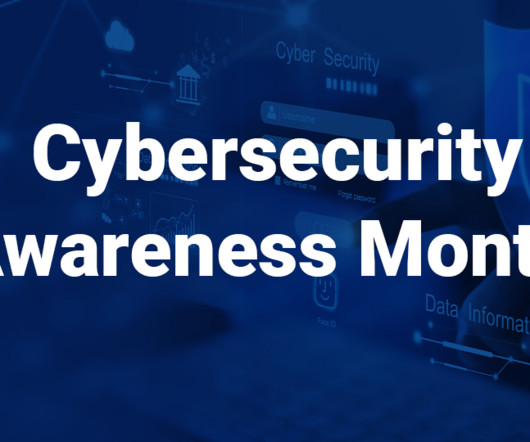The 10 essential topics every cybersecurity awareness program should cover
Online Computers
NOVEMBER 29, 2023
Phishing awareness Education is the key to recognizing and mitigating phishing attacks, a scam in which cybercriminals pretend to be trustworthy entities to trick users into revealing sensitive information. Incident response and reporting Even the best security measures can't prevent all security incidents.












Let's personalize your content